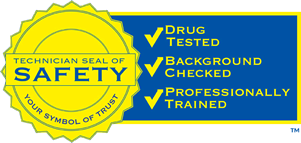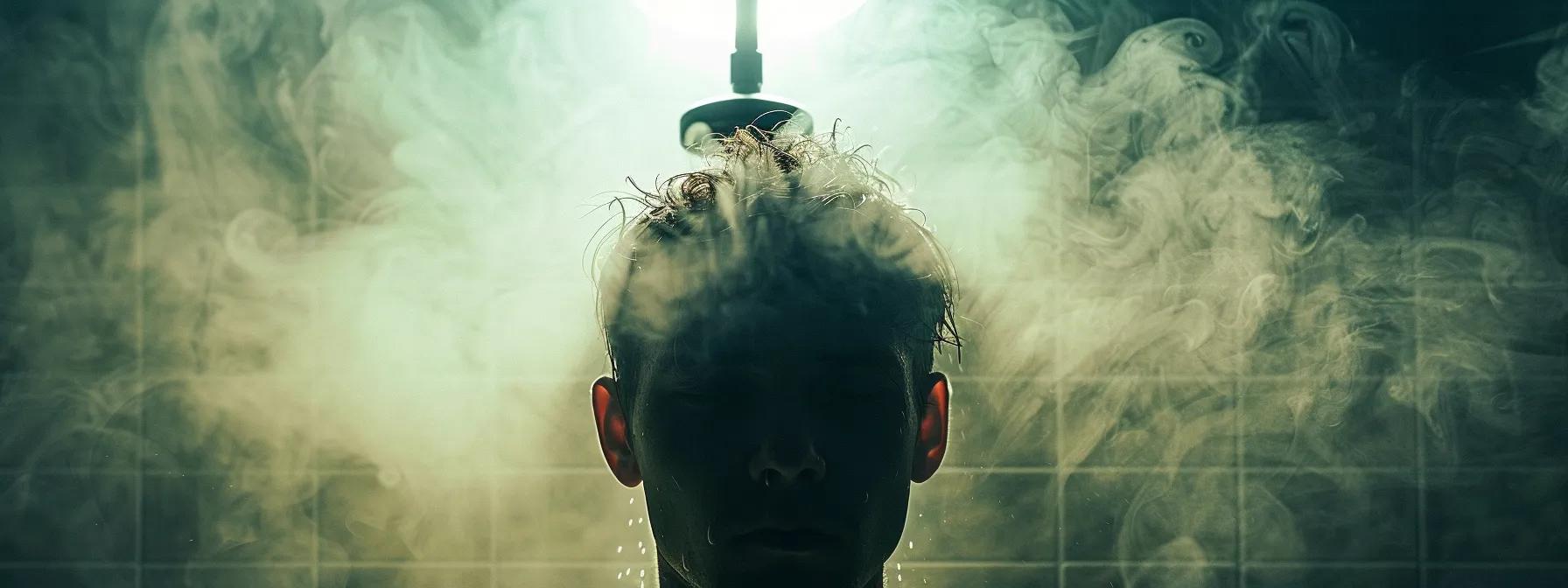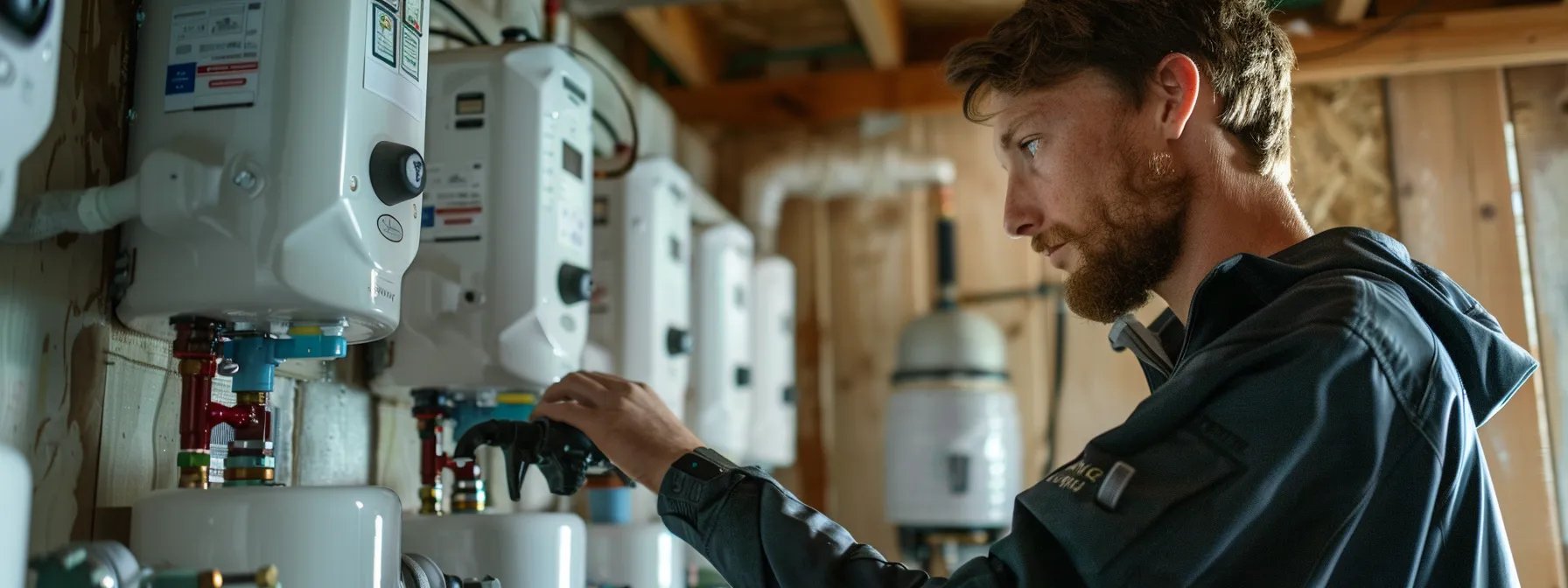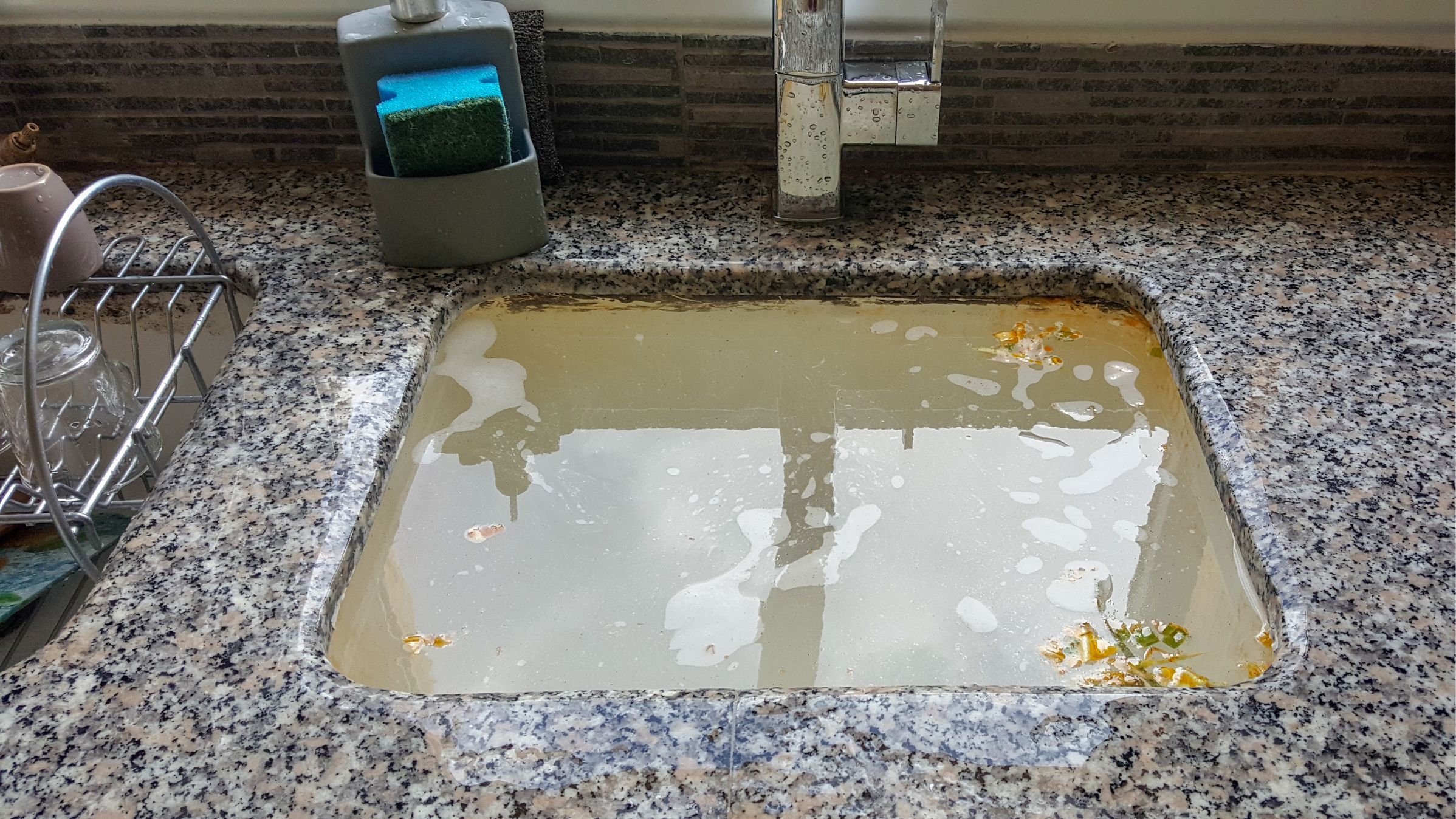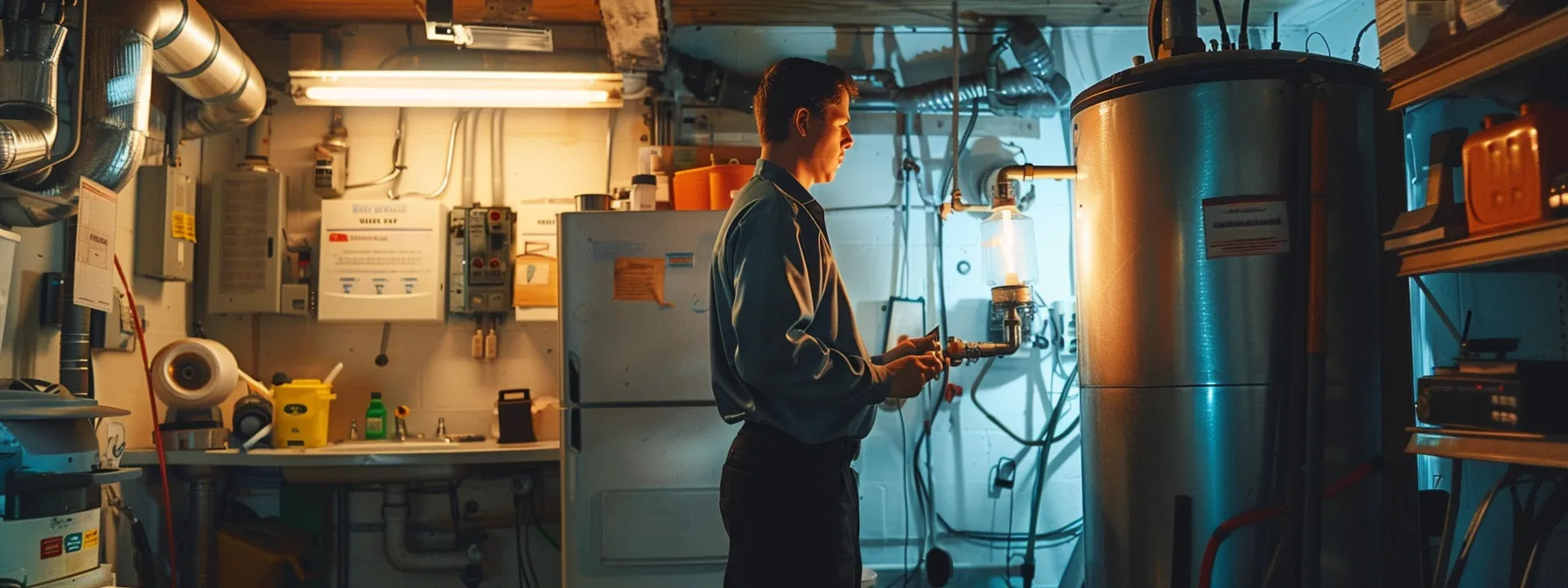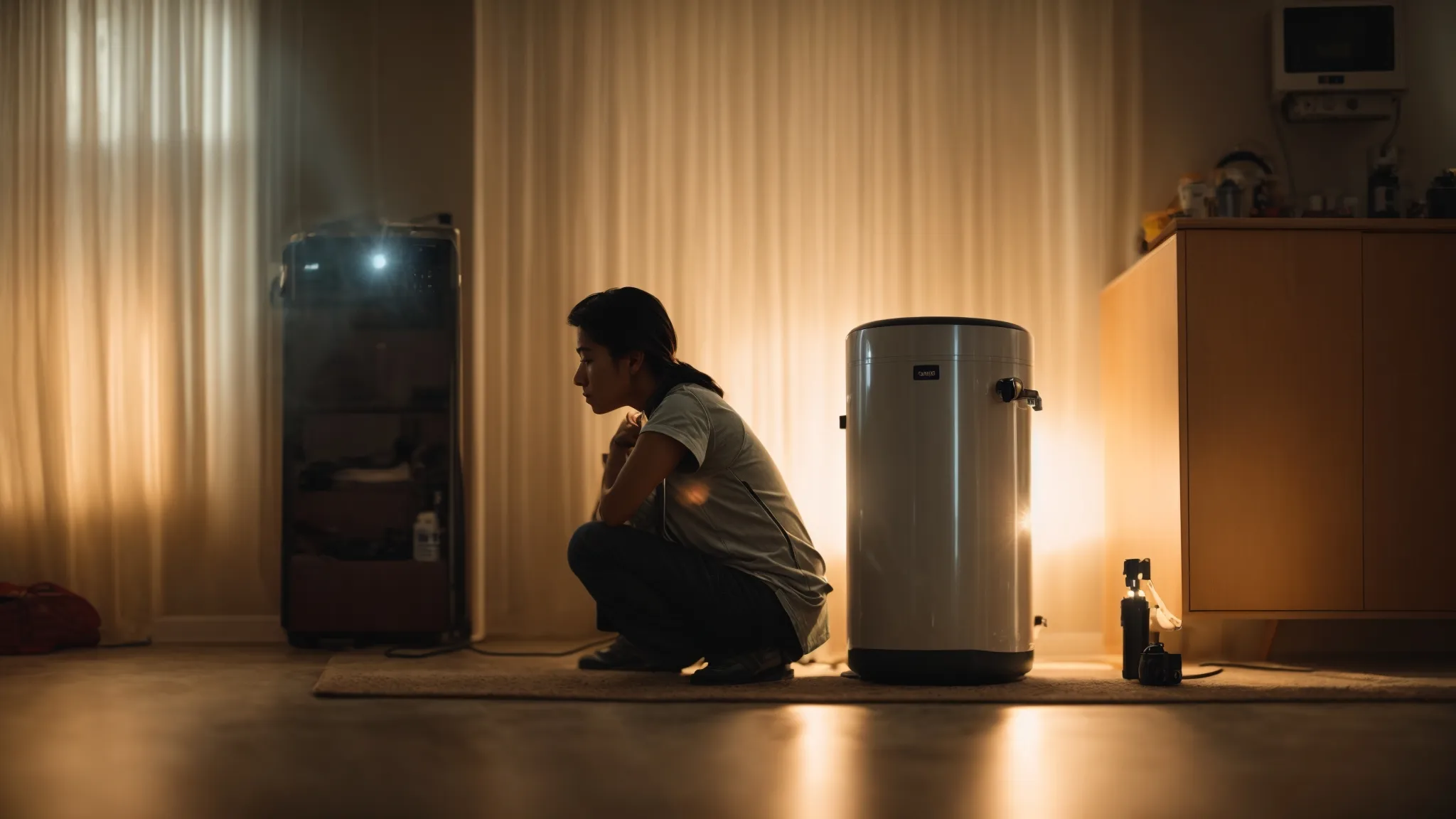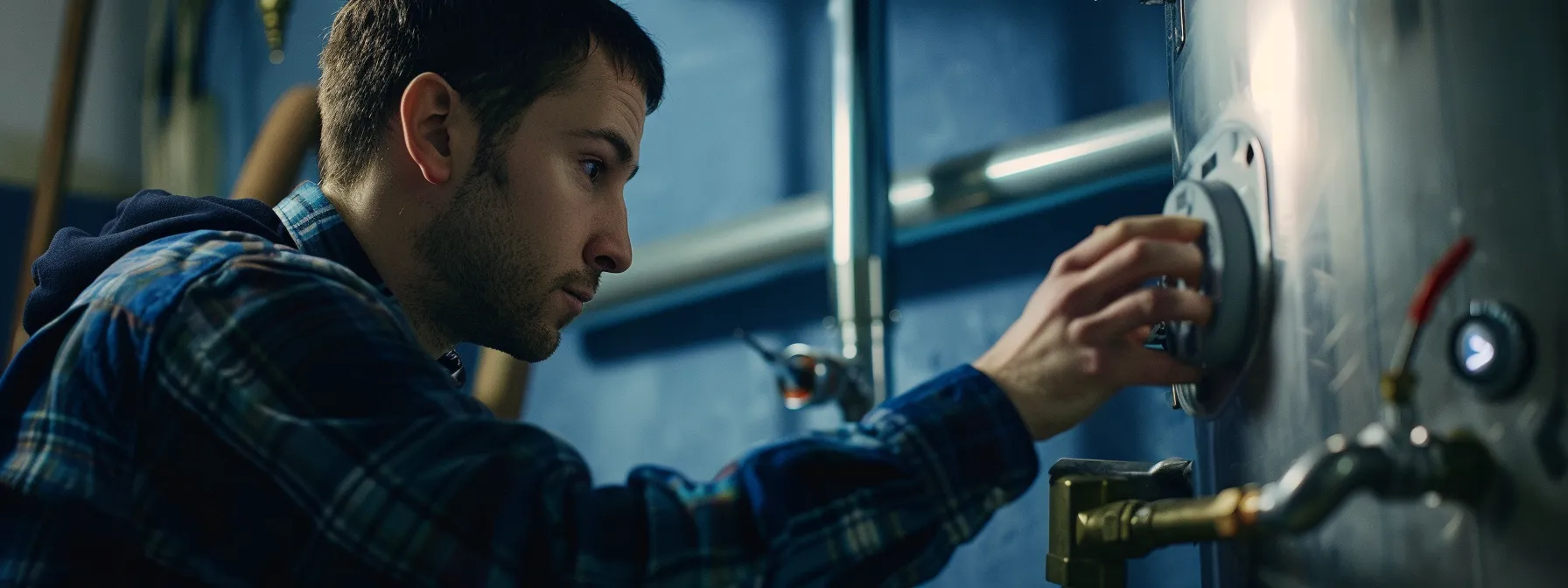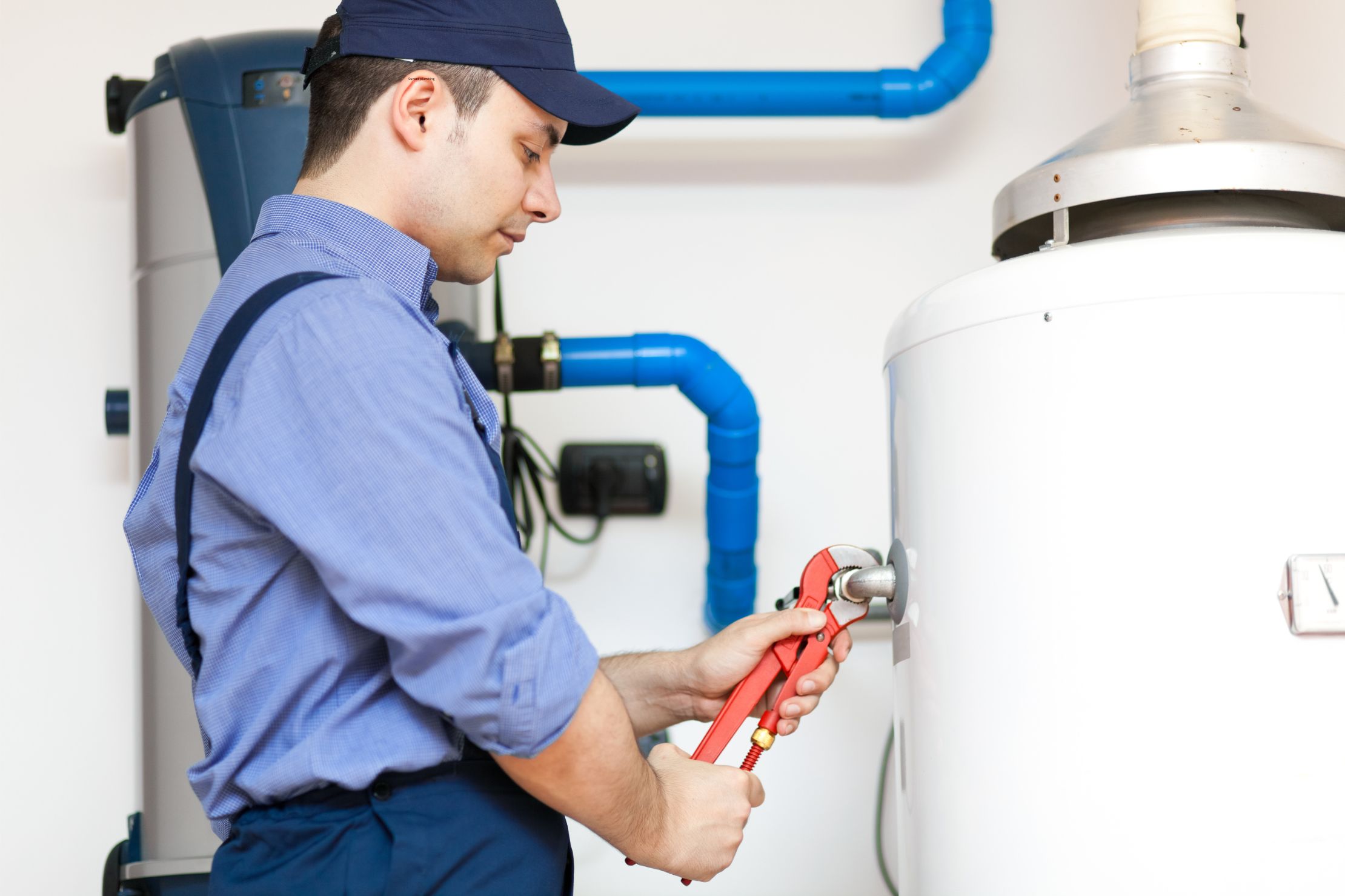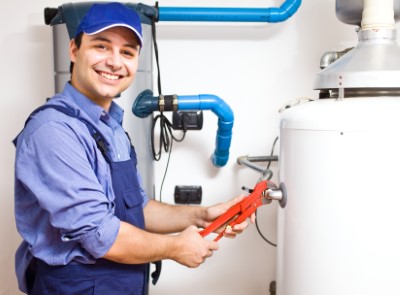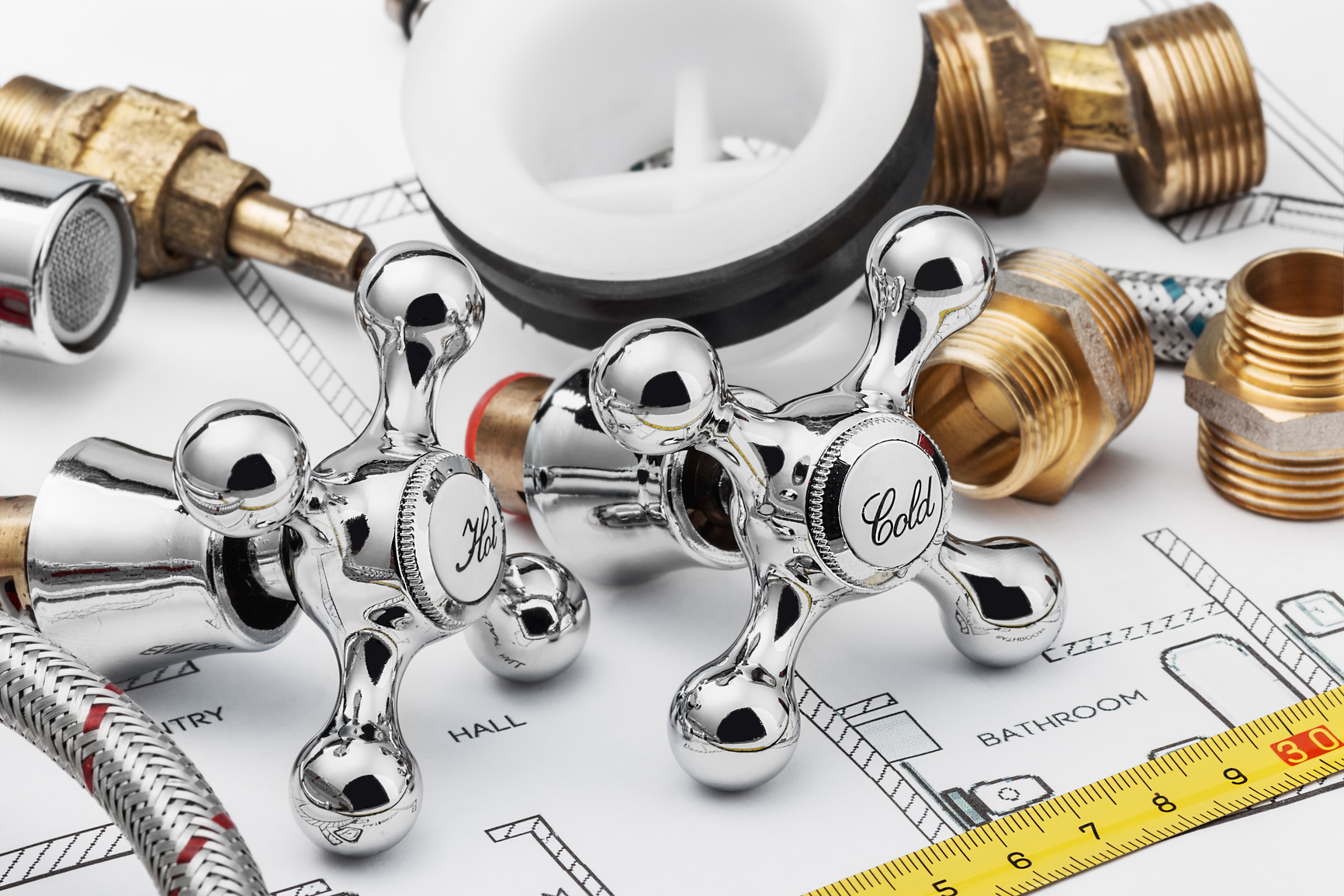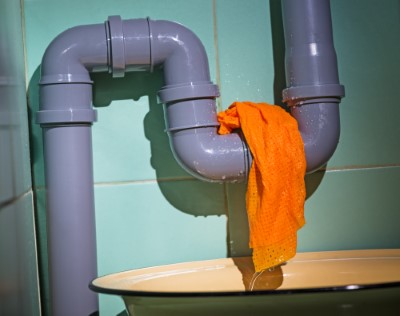Experiencing no hot water can be frustrating and disruptive. Many people assume it is a complicated issue, but often, simple solutions can resolve the problem. This article will focus on identifying the source of no hot water issues, troubleshooting common problems with gas water heaters, and examining key components for malfunctions. By following these steps, readers will learn how to diagnose and fix their own systems, potentially saving time and money. Sunset Plumbing of Bend aims to empower individuals to take charge of their plumbing problems and minimize risks associated with malfunctions.
Identify the Source of No Hot Water Issues
To effectively address no hot water issues, Sunset Plumbing Of Bend, it is essential to identify the source of the problem. Start by checking the power supply to electric water heaters, as a lack of electricity can prevent proper functioning. Next, inspect the thermostat settings to ensure they are correctly adjusted. Finally, evaluate the circuit breaker for any tripped switches that may disrupt the water heating process.
Check the Power Supply to Electric Water Heaters
When facing issues with a water heater, checking the power supply should be the first step. Ensuring the system has power can often resolve problems like no hot water. An effective method for this is to use a multimeter to check the voltage at the unit’s terminals, confirming electricity is being supplied. If there are any power interruptions, resetting the circuit breaker may be necessary. Additionally, if there are signs of a leaking water heater, sunset plumbing of bend collections could indicate a need for more extensive repairs that may involve an HVAC technician to assess potential wiring issues.
Inspect the Thermostat Settings
Inspecting the thermostat settings is a critical step in diagnosing a water heater problem. Ensure that the temperature is set appropriately; if it is too low, it may prevent the water from reaching a scalding point, leaving users without hot water. Additionally, checking for any abnormal odors near the thermostat wires can highlight underlying issues that may need professional attention, ensuring both safety and proper functionality of the water heater.
Evaluate the Circuit Breaker for Tripped Switches
Evaluating the circuit breaker is a crucial step when addressing no hot water issues. A tripped switch can disrupt power to a water heater, often caused by excess load or electrical faults. Homeowners should regularly check the circuit breaker panel for any signs of tripped fuses, especially if the shower consistently runs cold or if there are leaks from the water heater that may indicate electrical problems at the inlet connection.
Troubleshoot Common Problems With Gas Water Heaters
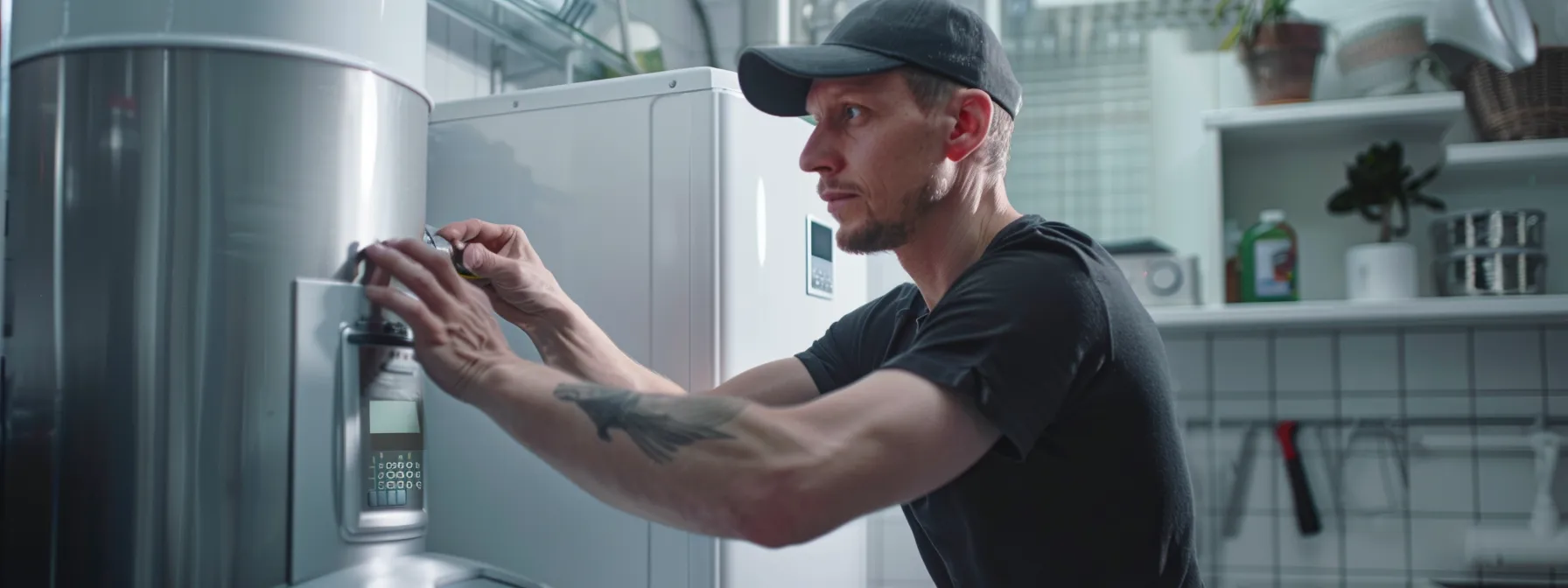
To effectively address no hot water issues with gas water heaters, it is important to perform a few key inspections. Begin by determining if the pilot light is lit, as this fundamental step can often resolve heating problems. Next, inspect the gas supply line for any leaks or disruptions. Finally, examine the thermocouple for faults, as it plays a critical role in the ignition process and overall combustion efficiency.
Determine if the Pilot Light Is Lit
Determining if the pilot light is lit is crucial when troubleshooting gas water heaters. If the pilot light is out, the heater will not function, leaving users without hot water. This issue can often be resolved by checking the accessibility of the pilot light assembly, ensuring it’s easy to reach for regular maintenance. If there are consistent problems with the pilot light, it may indicate a need for an anode inspection or a fault in the gas supply line, which could be covered under warranty, depending on the manufacturer’s specifications. Addressing these aspects not only improves efficiency but also enhances the overall reliability of the furnace system.
Inspect the Gas Supply Line
Inspecting the gas supply line is a vital step in troubleshooting issues with gas heaters. A gas leak can significantly hinder the water heater’s performance, leaving households without hot water. Ensuring that the gas line is secure and free from leaks not only guarantees that the water heater works efficiently but also enhances safety. Homeowners should look for any signs of leakage around connections and use appropriate leak detection methods. If any issues are found, it may be necessary to consult a professional for repairs to ensure the gas supply remains uninterrupted and the system operates correctly.
Examine the Thermocouple for Faults
Examining the thermocouple for faults is vital when addressing water heater issues in gas models. The thermocouple, a safety device that detects the presence of a pilot light, ensures that natural gas is not released if the flame goes out. Faults in the thermocouple can lead to inconsistent heating or no hot water, making it essential to check this component regularly, especially in systems relying on energy efficiency, such as those with an expansion tank or used with air conditioning systems. Addressing thermocouple problems promptly can prevent further issues and ensure reliable operation of the water heater.
Examine Water Heater Components for Malfunctions
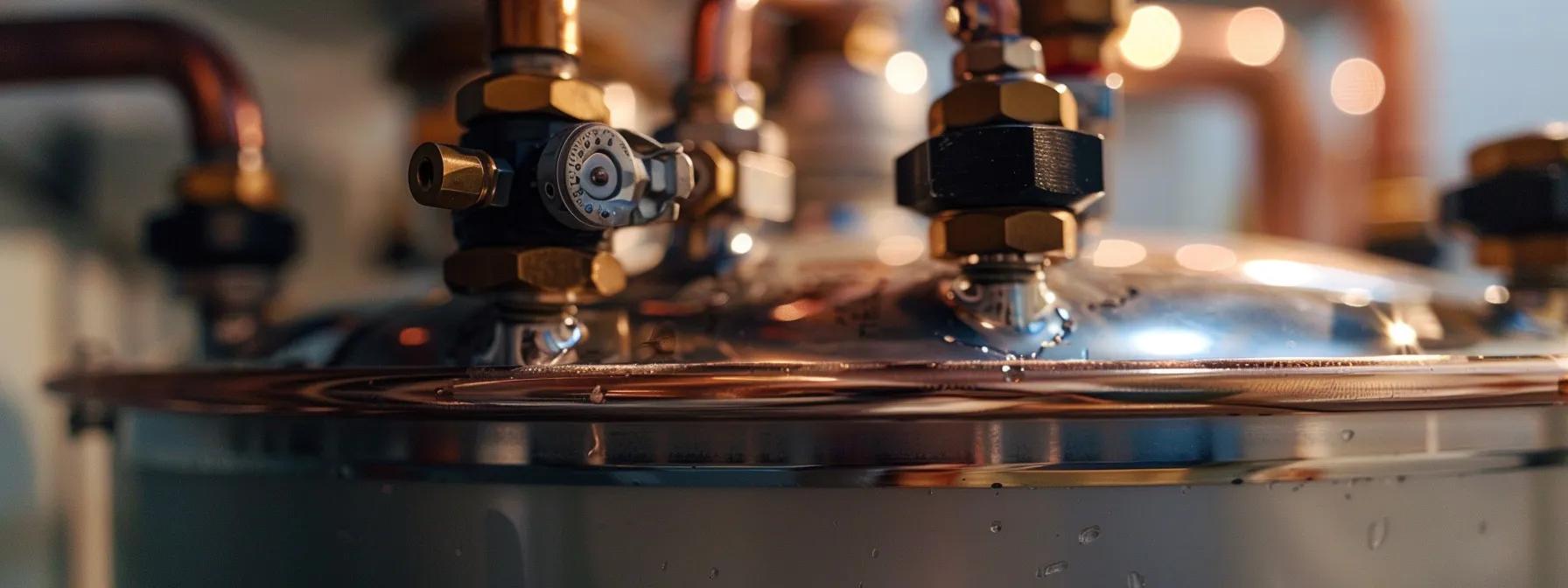
Investigating components of water heaters is vital in resolving no hot water issues. This includes examining heating elements in electric models for wear and tear, assessing the burner assembly in gas models for functionality, and checking temperature and pressure relief valves for signs of corrosion. Each of these components plays a significant role in maintaining hot water supply, ensuring optimal performance for household needs, including tasks like running a dishwasher.
Investigate Heating Elements in Electric Models
Investigating the heating elements in electric models is crucial for effective water heating solutions. If a filter is clogged with sediment or corrosion is present, it may hinder the system’s ability to heat water efficiently, resulting in insufficient hot water from the storage tank. Additionally, checking the temperature and pressure relief valve can help ensure optimal thermal expansion and maintain safe operation, preventing potential mishaps that could lead to significant repairs.
Assess the Burner Assembly in Gas Models
Assessing the burner assembly in gas water heaters is a vital aspect of effective water heater service and maintenance. A malfunctioning burner can significantly impact water quality, leading to insufficient hot water for household needs, including tasks around the sink. Regular inspections for mineral buildup and ensuring the burner is clean can help prevent heating issues and extend the lifespan of the water heater, ultimately providing consistent hot water supply.
Look for Faulty Temperature and Pressure Relief Valves
Faulty temperature and pressure relief valves can lead to significant issues in a water heater system. If these valves are not functioning correctly, it may result in excessive pressure buildup, potentially causing a water heater leak or damaging the unit. Homeowners should also check for condensation around the valve area, as this could indicate a malfunction, disrupting the water supply and overall efficiency of the water heating process. Regular inspections and timely replacements of these components can help maintain safe operation and improve the longevity of the water heater.
Address Limescale and Sediment Build-Up

Addressing limescale and sediment buildup is essential for restoring hot water flow. Checking for hard water corrosion helps identify potential damage to components like gaskets and hoses. Conducting regular flushing of the tank can prevent future issues, while utilizing water softeners serves as a proactive measure. Each of these strategies contributes to maintaining efficiency and preventing water damage caused by pressure fluctuations.
Check for Hard Water Corrosion
Checking for hard water corrosion is an essential step in addressing water heater problems that can lead to a lack of hot water. Over time, mineral deposits can accumulate in the tank, impacting efficiency and causing potential leaks, which may result in a flood. Regular inspections of the tank and components, including the thermostat, can help identify corrosion early, allowing for timely water heater repairs and preventing more extensive damage in the future.
Conduct Regular Flushing of the Tank
Regularly flushing the tank of a water heater is vital to prevent limescale and sediment buildup, which can lead to various water heater issues. This process helps maintain the efficiency of the heating element by removing debris that can cause unusual noises or even affect the flame’s stability. Flushing the tank can also minimize the growth of bacteria, ensuring a cleaner and safer hot water supply for household needs.
Utilize Water Softeners for Prevention
Utilizing water softeners is a proactive approach to preventing issues related to limescale and sediment buildup in water heaters. By treating hard water, these systems reduce mineral deposits that can accumulate on metal components, helping to maintain efficient operation and extend the lifespan of the water heater. Furthermore, this practice minimizes the risk of water leaks or disruptions in performance, ensuring consistent access to hot water while safeguarding the integrity of plumbing systems.
Implement Routine Maintenance Practices
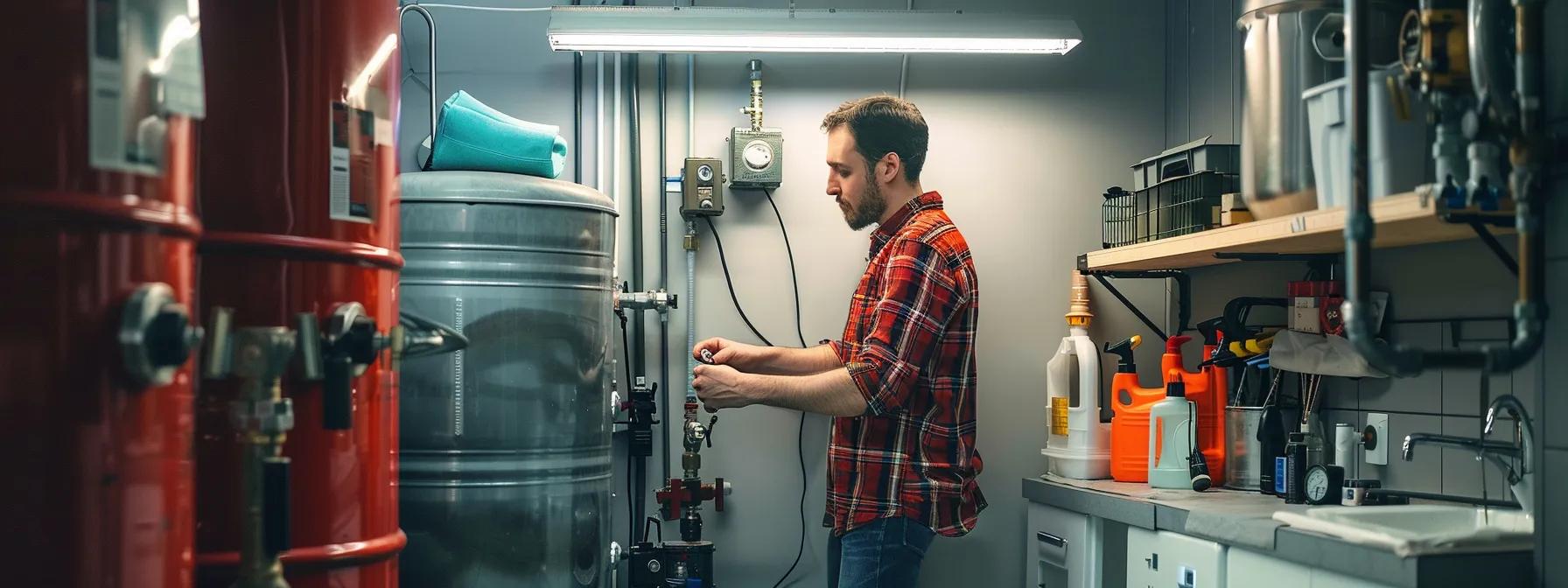
Routine maintenance is essential for preventing no hot water issues. Scheduling annual inspections ensures that all components are functioning properly, minimizing the risk of failures. Testing the pressure relief valve frequently helps maintain safe operation, while cleaning air filters in gas units enhances efficiency. Each of these practices plays a critical role in ensuring consistent hot water availability.
Schedule Annual Inspections
Scheduling annual inspections for water heaters plays a critical role in ensuring consistent hot water availability. During these routine checks, professional technicians evaluate key components such as heating elements, valves, and connections to identify potential issues before they escalate. By prioritizing these inspections, homeowners can significantly reduce the risk of unexpected breakdowns, ensuring their plumbing systems operate efficiently and safely.
Test the Pressure Relief Valve Frequently
Regularly testing the pressure relief valve is crucial for maintaining water heater safety and functionality. This valve acts as a safeguard, releasing excess pressure that could lead to dangerous conditions if left unchecked. Homeowners should perform this test at least once a year, observing for any leaks or malfunctioning components, ensuring that their hot water system operates efficiently and reducing the risks of serious failures.
Clean Air Filters in Gas Units
Cleaning air filters in gas units is an essential aspect of routine maintenance that helps ensure optimal performance and efficiency. Over time, dirt and debris can accumulate in the filters, restricting airflow and potentially leading to improper combustion, which can result in insufficient hot water. Homeowners should regularly check and replace these filters as needed, as this simple task not only enhances the heater’s efficiency but also prolongs its lifespan.
Recognize Signs That Professional Help Is Needed
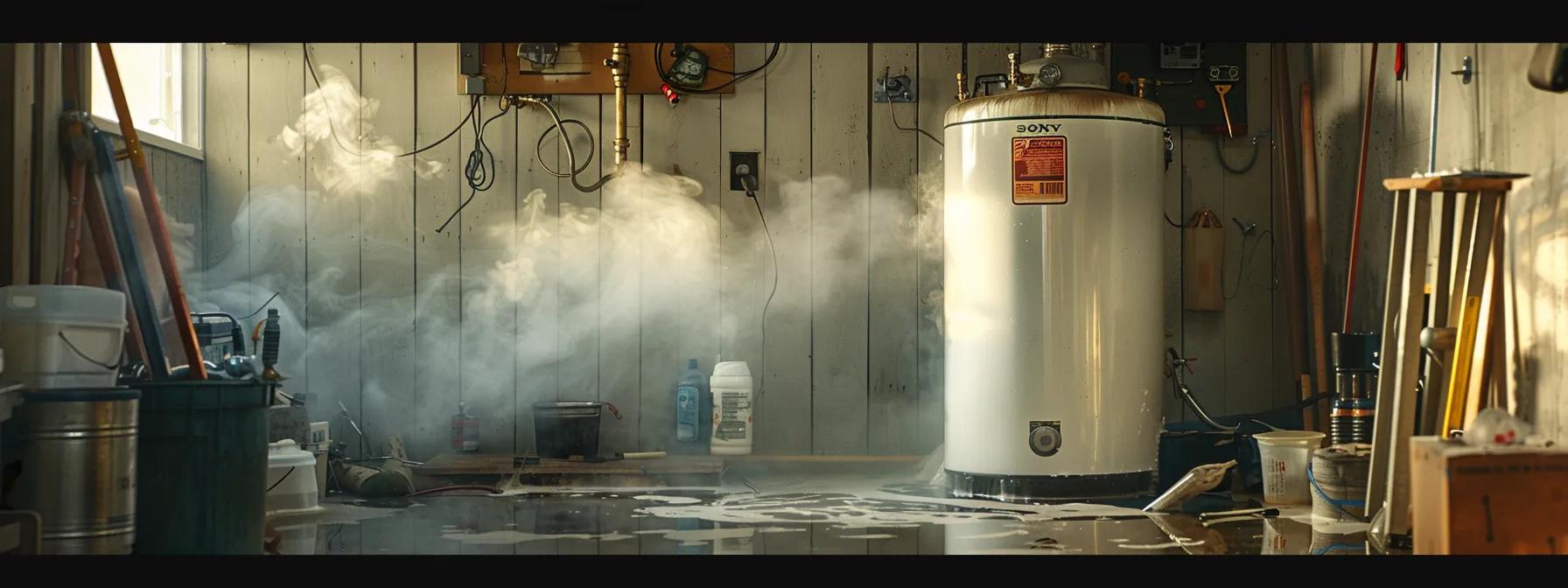
Persistent leaks or damage, unusual noises during operation, and the need for complex repairs are key indicators that professional help is necessary for water heater issues. Identifying these signs early can prevent further complications and ensure the system operates effectively. Each point elaborated in the following sections emphasizes the importance of prompt attention and expert intervention in maintaining hot water availability.
Identify Persistent Leaks or Damage
Identifying persistent leaks or damage in a water heater is vital for maintaining an efficient hot water supply. Homeowners should look for wet spots around the unit or listen for unusual sounds that may indicate internal issues. Noticing these signs early can help prevent further damage and prompt necessary repairs, ensuring a reliable supply of hot water for daily needs.
Monitor for Unusual Noises During Operation
Monitoring for unusual noises during the operation of a water heater is essential for identifying potential problems. Sounds such as popping, hissing, or banging may indicate sediment buildup or a malfunctioning heating element, suggesting that the system requires attention. Promptly addressing these noises can prevent more significant issues and help maintain the efficiency of the water heater, ensuring a reliable hot water supply for household needs.
Seek Assistance for Complex Repairs
Seeking assistance for complex repairs is essential when water heater issues extend beyond basic troubleshooting. Homeowners dealing with persistent leaks, malfunctioning heating elements, or significant pressure fluctuations should contact a qualified plumber. Expert intervention can diagnose underlying problems accurately, ensuring safe and effective solutions that restore reliable hot water access for daily needs.
Conclusion
Effective troubleshooting of no hot water issues is crucial for maintaining a reliable hot water supply in households. By systematically checking the power supply, inspecting thermostat settings, and evaluating gas components, homeowners can identify potential problems early. Regular maintenance practices, such as scheduling inspections and testing valves, further enhance the longevity and efficiency of water heaters. Prioritizing these actions ensures safety, reduces repair costs, and guarantees consistent access to hot water for daily needs.

